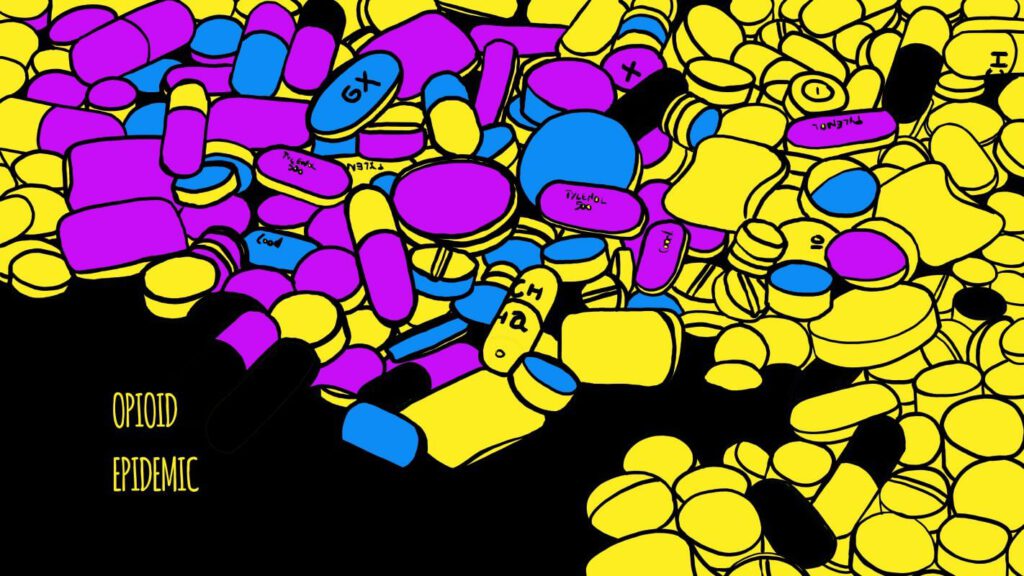Alcohol Interventions: Step-by-Step Guidance for Helping a Loved One

Alcohol dependency can take a devastating toll, not just on the person struggling with it, but also on their relationships, family, and professional life. Often, those facing addiction fail to recognize the severity of their situation until it’s too late, leading to further health complications, emotional strain, and financial issues. This is where a well-organized […]
A Family’s Guide to Alcohol Interventions: Preparing for Success

Alcohol addiction can cause far-reaching consequences, impacting not just the person struggling with excessive drinking but also their family, friends, and colleagues. The ripple effects of alcohol misuse can lead to emotional strain, financial difficulties, and fractured relationships. Recognizing the need for professional help and planning a structured intervention can offer a life-changing opportunity to […]
How Alcohol Robs Us of Our Most Valuable Commodity: Time

As a human being with the unusual job that involves managing substance use interventions with folks, I have seen the devastating impact of alcohol and drugs on people, places, and things – yes all of them. And while fentanyl has received a lot of attention in recent years for its deadly effects, there is another […]
The Top 10 Most Addictive things on the Planet! [List]

People can become addicted to pretty much anything, depending on their unique conditions and personality. Food, shopping, drugs… There are so many different addictive things out there in the world, and some are clearly worse than others. Have you ever wondered how they compare? We’ve compiled a list of the top 10 most addictive things […]
The 8 Worst Alcohol Withdrawal Symptoms

Deciding to quit drinking alchohol is a tough decision to make. Implementing it is even harder. If we’ve been drinking a lot for a while now, our brains become chemically dependent on alchohol just to function normally. So, when we quit cold turkey… bam! Alcohol withdrawal symptoms jump out to get us. At Intervention.com we […]